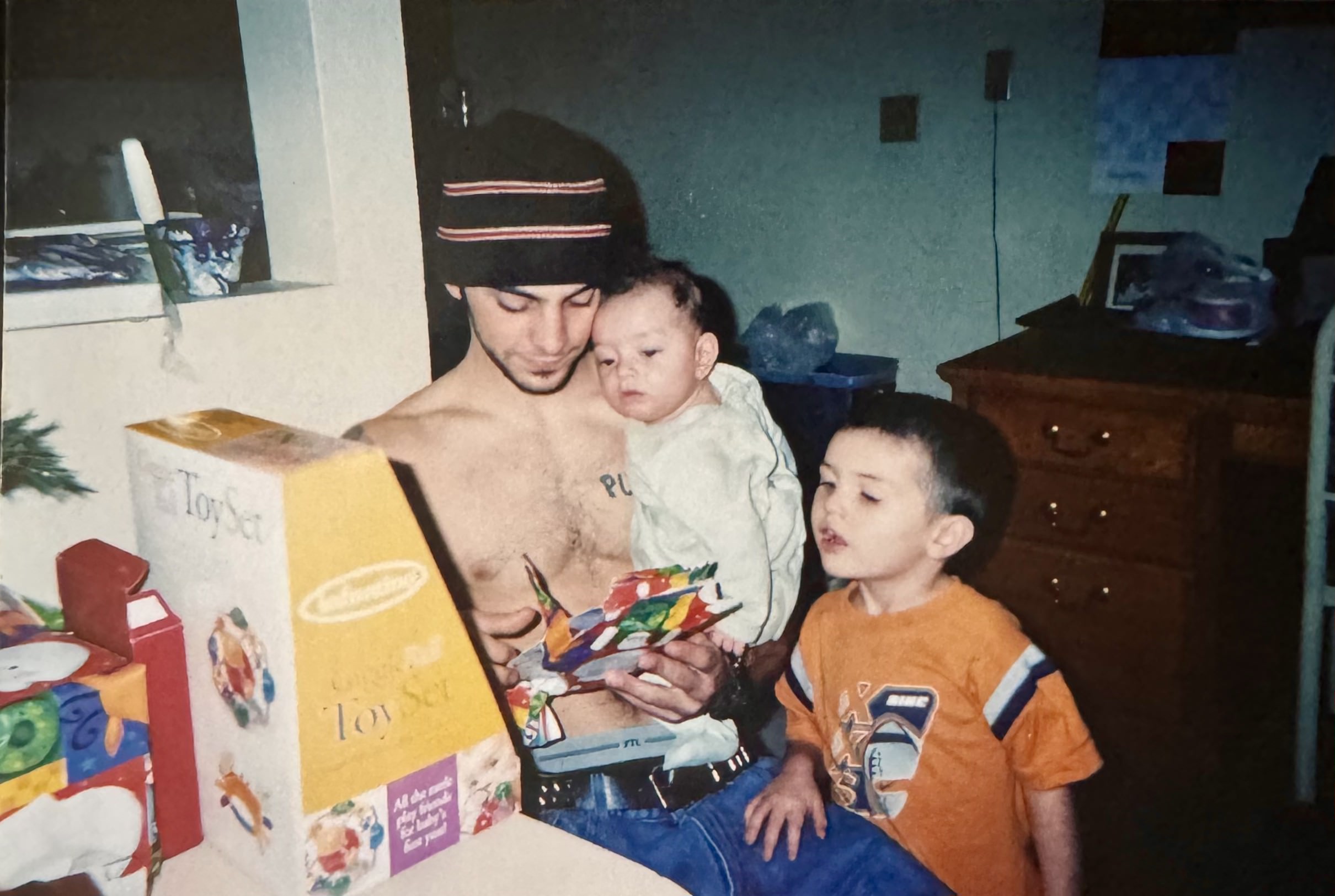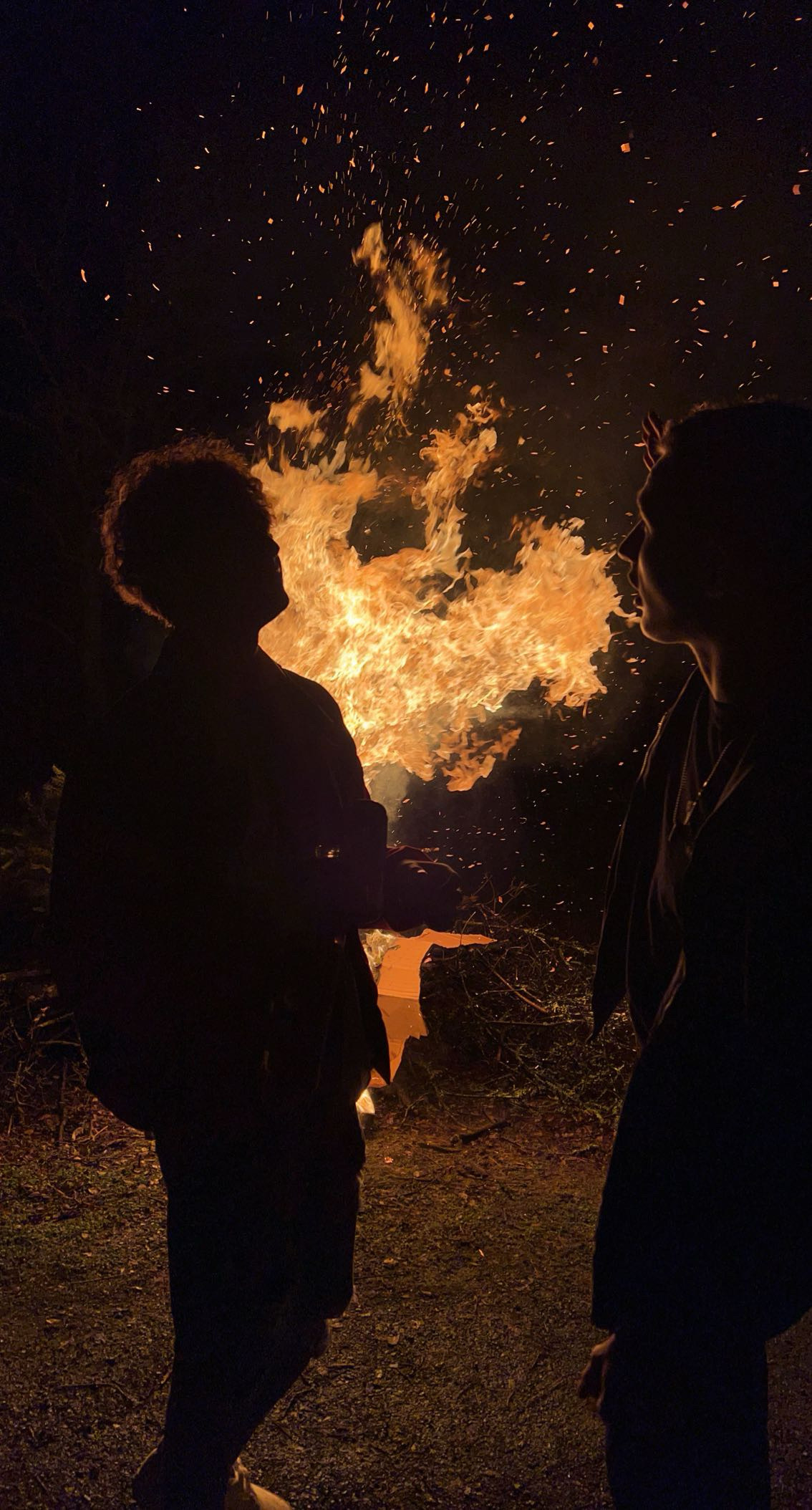
I’m Tobin Albanese, a proud American and a Computer Science major with a mathematics emphasis at Sacramento State. I wake up thinking about where technology, intelligence, and international affairs collide, and how real decisions get made when the stakes are high. I’m not here for performative takes; I care about work that helps people see clearly and act smart. Graduating in May of 2026 and I’m aiming next at a master’s in strategic affairs and international politics. That’s the ground I plan to work on: sharp analysis, real technical fluency, and disciplined judgment. Building skills to protect and strengthen this country while adapting as the facts change. If you’re wondering where that fire comes from, it started long before college, this drive to become something of myself, something impactful for my country and the world all together.
I grew up in a tiny rural town in California. The kind of place where you learn to improvise because there isn’t always a store around the corner or someone who can fix things for you. My dad served in the Navy and told stories about traveling during his deployments. Travelling all across the ocean and specifically enjoying our Turkey and Italy ports and bases. I've learned that there's this sense of unfamiliarity of exploring places that suddenly felt like home because you met people who weren't what you really expected. Sadly enough, I lost my father when I was twelve. That loss has empowered me to try and fill the shoes that he once had, even though I know that I can never do so. This sense of responsibility has driven me to work harder and be more disciplined in my life so that I can make something of myself. Prove not to just myself but him and everyone else around me that I can be something more than just ordinary but excel in everything I do. With all that's happened, I learned that God has given me this fate and it's up to me to make the best out of it and shine through the dark points and realize there's always something new to come tomorrow. I like to say this to my friends and family, "God gave us the moon not for the sake of it, but for you to realize there is light no matter the darkness around you." and that this place is truly infinite, and that we are infinite.
Growing up living in and out of foster care has truly shaped me into the person I am today. I understand how judicial processes work, how unfortunate my life could have turned out, and how so many young individuals go through different hardships. Something you would never think about day to day, but is a reality we all have too share. I always like to think that someone's worse is truly there worse, there is no comparison. It's the way we go about these circumstances that make or break us, the way a person can turn a horrible situation into something incredible is truly amazing. I think this is where I get my interest in global affairs. This sense or calling to help people, and do something bigger than myself, and understanding that this tiny blue dot we all call home, actually holds more than what's confined to the places I am constrainted too. Knowing, there's always someone to help, an adventure to explore, and new things to learn and see truly excites me for what's to come. Do you ever feel like there's something calling you? Something inside you that eats at you and keeps you up at night. For me, it's this sense of curiosity for the world and the untold stories to be heard is what keeps me up at night. I want to be that person for someone else, to be a light in their dark hours, no matter the distance, no matter the background but just help the entirety of our world and most importantly the people residing in my great nation.

That pull to do something bigger than myself shows up in how I work. Computer Science lets me turn conviction into tools, and code doesn’t care about intentions; it runs or it doesn’t. The strategic side of me, headed towards international politics and security, keeps me honest about incentives, second-order effects, and what happens after we press “deploy.” Separately, languages are for the world I plan to operate in, not for coding. I’m studying Russian and Arabic to deal with international conflicts more intelligently and to understand people on their own terms, and to sharpen my intelligence gathering and conversational skills across different environments and platforms. I want to backpack the Middle Eastand step into places my family never imagined I’d go, places many Americans have also only ever heard about, I'd like to see. Night markets at full buzz, bus stations at first light, and border towns where history is something you feel under your shoes and experience the sense of unfamiliarity my Father experienced. I want to eat what locals eat, ride through towns in tuk tuks, and speak with the many great individuals residing in these places as well. Especially immersing myself completely and being able to speak Russian and Arabic whenever I can even though we both know I will probably butcher the languages. I also would really love to visit eastern Europe and get the opportunity to see Russia beyond headlines and classroom summaries, from provincial cities and long rail stretches to small towns where life moves at a human pace. Distancing myself from the everyday societal norms and get to experience the world for what it truly is. Down to earth and off grid from the usual tik-toks and youtube content but truly experience what goes on beyond the screens. This is about pushing past comfort, facing my fears, and opening new horizons the way my dad did when he experienced the Navy. I want to meet people who build, think, and serve, and get the opportunities to learn how they solve problems in their own context, and collect the kind of stories that help me bridge cultures when it matters. Honestly, just to have as many stories and adventures as I can to tell my family and future kids one day.
I gravitate to skills that reward patience and accountability. In the field, it's hunting, range time, and marksmanship that helps slow my breathing and keeps me steady, focused, and precised about fundamentals. In the gym, lifting helps me clear the static and gives me a routine I can measure: add a rep, add five pounds, show up tomorrow. Keep pushing forward. Around the table, it's time with family and friends that keeps my head straight with long dinners, fun conversations, and good jokes to be said. All of that discipline isn’t for its own sake; it’s how I stay ready to carry out responsibilities when it counts. The through line is service. I’m a proud American student. So, loving this country doesn’t mean pretending it’s perfect; it means taking responsibility to help it live up to the ideals enshrined in our beautiful Constitution. Written by men who didn't just see the future of this country, but the greatness within it as well. That’s the lane I chose to follow: build tools that surface truth, teach what I know, listen to people who’ve carried real responsibility, and be useful when it actually matters most. I like to show up, take responsibility, finish the job, and leave things stronger than I found them.

Looking ahead, I want work that bridges research and operations. Give me a problem that matters, incomplete information, and a team that cares more about results than theatrics, and I’ll gladly take the first watch. I want to help build secure, reliable systems that hold up under pressure; write analysis people can act on when the clock is running; and design automations that turn fragile, manual workflows into durable, auditable ones. I’ll keep traveling, learning languages, and sharpening my questions, not as a checklist, but as a way to earn better judgment. Listening more than I talk, using Russian and Arabic in real conversations, and chasing primary sources until the picture gets clearer. The goal is simple: work hard, widen my field of view, and turn curiosity into disciplined outcomes. If there’s a path that ties together responsibility, strategy, and service, that’s where I’ll be. I also want a life outside of work however, I love to read widely, listen to music, stay fit, and show up for the people who show up for me. I’m grateful for all my mentors who push me and friends who keep me going through difficult times. I know where I’m from, and I know where I want to go, and there's nothing I won't do to get there. My passions and interests go deeper than just work and school, this is something I live for.
If you’ve read this far, thank you for taking the time out of your day to step a little bit inside my version of our shared reality. And, If you work on hard problems where policy and technology meet and need help, I am always there to listen and input. Or if you have any great recommendations for books, music, or FOOD (I am a sucker for new foods) please feel free to send them my way. And if you ever just need someone to eat some cheese with and talk and be heard, I'm your guy. Let’s build things, work hard, and be the best people we can be. Stay blessed. -T
